Technology drives progress
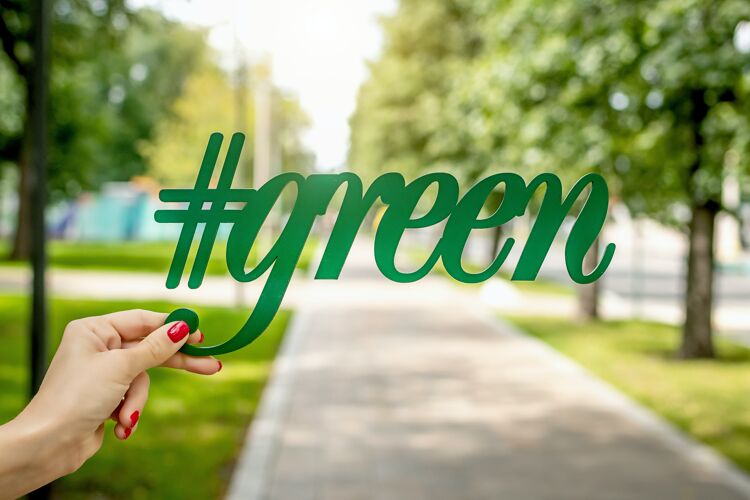
Laurel Brunner discusses how current technologyin the printing industry is driving change and progress regarding sustainabilty.
Heading into the twilight zone of my career in the graphics industry has lead me to some curious ponderings. Some of them, like the early days working with Apple and Adobe, have been shamelessly nostalgic. But others have been laced with deep frustration. The frustration comes from the fact that we haven’t made faster progress to advance the industry, as it lumbers into the digital age. The stand out annoyances are automated colour management and recycling, both of which have a profound impact on the environmental impact of print.
Workflow automation, whereby data flows to a plate or press seamlessly and with minimal human intervention, still fills too many printers with fear. They are in the data business, and yet are reluctant to commit to technologies that ensures the data on a substrate is accurate. That it can do away with people, even though that has been the direction of travel for years, makes it worse. Printing companies in rude health, like Elanders or DS Smith, embraced digital processing early on and have expanded on the back of process control and automation. They understand that serving customers requires anticipation of changing needs, from personalised postcards to custom packaging.
Recycling is a much harder nut to crack than getting data onto a substrate, but same principle applies. Recycling requires complex changes in raw material supply chains and anticipation of what is required to take used product and turn it into something new. The paper industry reprocesses a mixture of different types of printed products sourced from homes, factories, municipal facilities and elsewhere. There is no control whatsoever in the type of prints that make up these mixtures, so they are inevitably blends of materials printed using different printing methods from gravure and flexo to digital. This really shouldn’t matter because processing technology for recycling should align with technical advances in print.
But for the pulp and paper industry it does matter. It matters a lot because the mix includes printed papers made up different compositions that needs new processing methods and the associated investment. Traditionally the mix has been mostly mechanical pulp fibres based on wood, but printing technology advances mean the percentage woodfree pulp fibres is steadily increasing. Prints sent for recycling will not necessarily be deinkable using methods designed for mechanical pulp and old style offset printing. Such prints will generally fail the industry’s favourite test for deinkability as outlined in ISO 21993. This document describes a deinking test method developed decades ago by INGEDE, an industry association for deinking.
The good news is that ISO is developing a document that describes another test method for mixtures of mechanical and wood free papers. This will far better reflect industry reality and hopefully encourage pulp and paper mill owners to invest in their own futures. The alternative is more waste paper being incinerated rather than recycled, something no one wants.
Source Information: This article was produced by the Verdigris Project, an industry initiative intended to raise awareness of print’s positive environmental impact. This weekly commentary helps printing companies keep up to date with environmental standards, and how environmentally friendly business management can help improve their bottom lines. Verdigris is supported by the following companies: Agfa Graphics, EFI, Fespa, Fujifilm, HP, Kodak, Miraclon, RicohSplash PR, Unity Publishing and Xeikon.
Interested in joining our community?
Enquire today about joining your local FESPA Association or FESPA Direct
Recent news
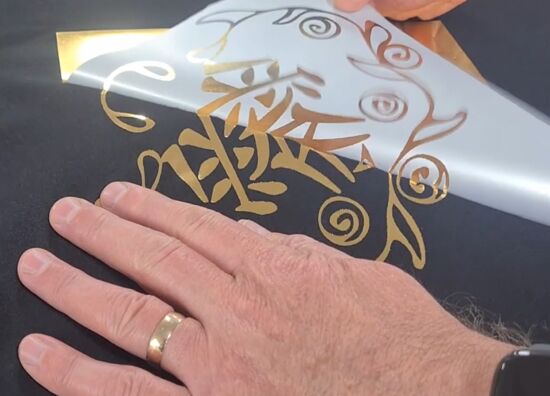
Special Effects in DTF Will Make Your “Prints” More Memorable
The DTF market is expanding with new vendors and innovations like multi-head printers enabling diverse ink options (spot, neon). Decorative films offer streamlined special effects. Keypoint Intelligence tested metallic and glitter films, noting varied ease of use and wash durability. New technology using adhesive and foil directly promises further creative advancements in DTF.
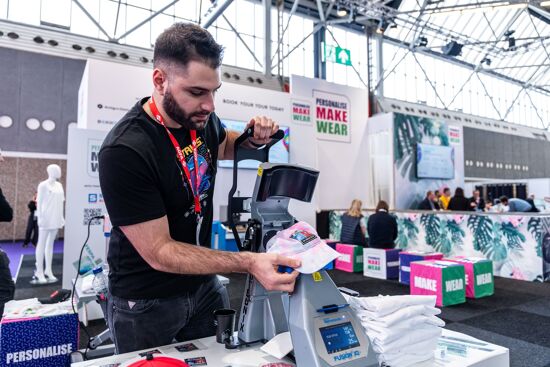
SmartHub – Expectations, opportunities and why you should attend!
The SmartHub at Personalisation Experience 2025 in Berlin will showcase personalisation and smart production opportunities across industries like textiles. Featuring a Smart Factory Trail with brands like Inkcups and Trotec, and a conference with experts discussing AI, mass customisation, and profit strategies, it offers insights into reducing waste and boosting efficiency through digital methods. Panel sessions will explore growth, automation in textiles, and smart manufacturing.
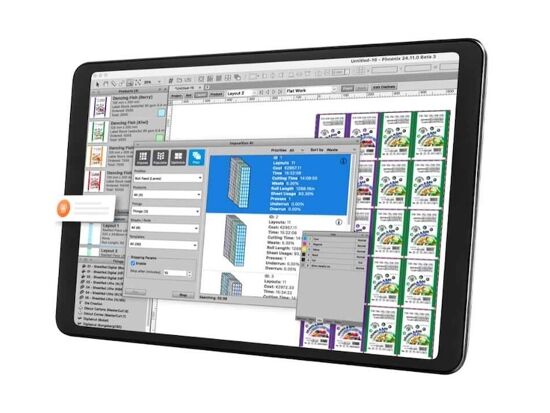
How is AI revolutionising Large Format Print?
Nessan Clearly discusses how AI in print relies on data pattern matching, already enhancing software for large format providers. He predicts that this will result in increased AI integration in workflow planning, job queue management, colour correction, image upscaling, and predictive maintenance via sensors and vision systems, ultimately streamlining operations and offering greater flexibility.
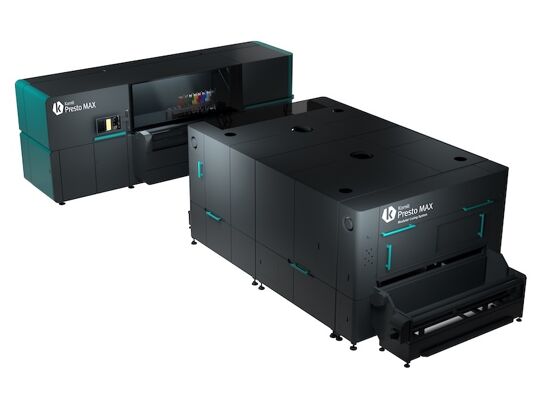
One Ink for All? Exploring Pigment in Textile Printing
Digital textile printing faces complexity due to diverse substrates requiring specific inks. The industry seeks a universal ink, with pigment ink showing potential. While traditionally for natural fibres, advancements aim to broaden its application, simplify processes by reducing pre/post-treatment, and improve sustainability, though challenges like hand feel on garments remain.